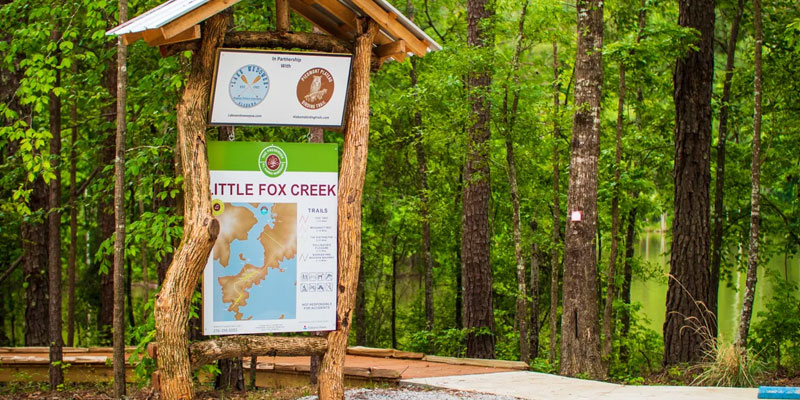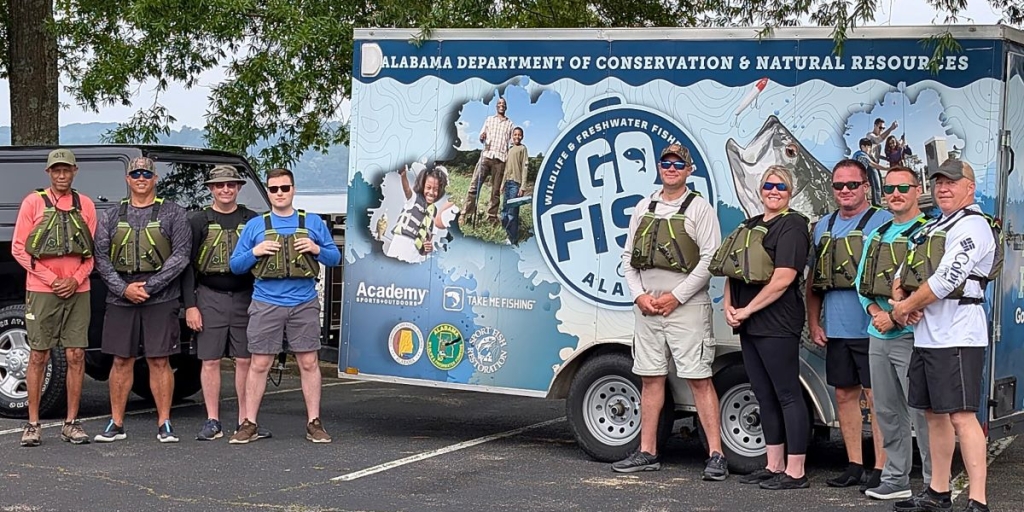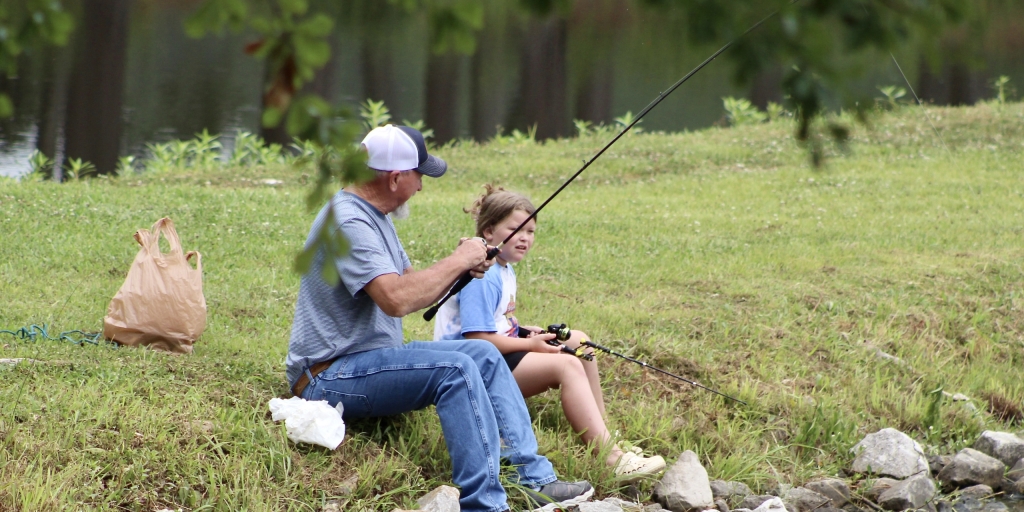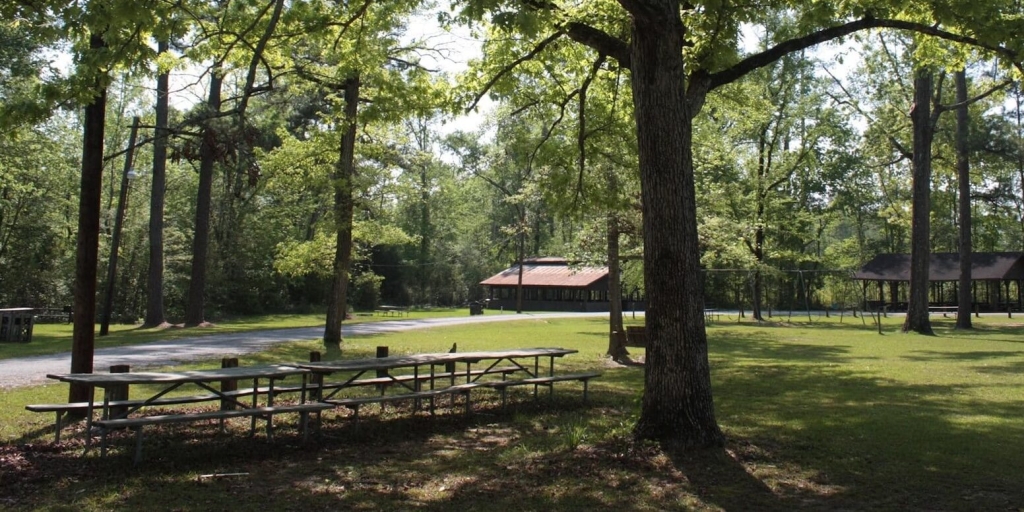Brian Rushing knows a good business plan when he sees it.
As director of Economic Development Initiatives for the University of Alabama Center for Economic Development (UACED), Rushing’s responsibilities include assisting the Alabama Trails Commission (ATC) with promoting, developing and facilitating a statewide trail system. Rushing says the math makes the sell easy.
“They are a real good investment,” Rushing said. “For the amount of money you invest in a project, oftentimes that turns around and pays dividends.”
The Chief Ladiga Trail in east Alabama is a prime example. Rushing said this 33-mile stretch of abandoned railroad was repurposed as a hiking and biking trail at a cost of about $2.5 million, requires about $50,000 per year to operate and generates an annual economic impact of about $1.5 million.
“It’s paying for itself over and over and over again,” Rushing said. “It’s rare you see public investment having that type of return. For us at the Center for Economic Development and the Trails Commission, trails make business sense.”
The ATC was established in 2010 to lead development of a statewide trail system through intergovernmental coordination, advocacy, education and alternative funding sources. ATC chairman Graham Sisson said much of that work is coordinated through the Alabama Trails Foundation (ATF), a 501(c)(3) nonprofit organization created in 2012 to develop, mentor and coach local groups wanting to evolve their trails into a modern business model.
“The partnerships are essential,” Sisson said. “It’s strategic planning and we’ve come up with goals and strategies to achieve it.”
How the Alabama Trails Commission helps elevate Alabama from Alabama NewsCenter on Vimeo.
The list of wins is growing. The Pinhoti Trail in east Alabama spans more than 160 miles across six Alabama counties. Jefferson County’s Red Rock Trail System has completed 125 miles of its planned 750-mile network of trails. The Alabama Scenic River Trail is drawing national attention through events such as The Great Alabama 650 and urban whitewater trails such as the Chattahoochee River Whitewater course.
“Trails bring in people and with people comes people spending money,” Sisson said. “Seventy percent of our economy is consumer spending. Trails are a way to do it.”
The Outdoor Industry Association said Alabama’s outdoor recreation economy adds $4.2 billion to the state economy, including 63,000 jobs. Rushing said much of that is connected to trail tourism.
“More rural areas are realizing the potential for trail recreation and trail tourism as an economic development option,” Rushing said. “We’ve got a lot of parts of the state that are pursuing projects to try to create trail destinations that can bring tourism in from around the state and even around the country. It’s an exciting time.”
More than hiking and biking
The definition of a trail is more than just a place to hike or bike. Trails include places to fish, paddle, look for birds and drive off-road or all-terrain motorized vehicles.
“It isn’t just dirt trails, but it’s also what we call ‘blueways,’ which includes paddling trails for people who kayak and canoe,” Sisson said. “It’s rustic and that’s what people want. They want an escape from everyday life, and trails will do that.”
The pandemic has accelerated that desire. Rushing said trail use in Alabama jumped 30% in 2020 versus the previous year, a growth rate he believes will continue for years as more people realize how trails can improve their quality of life.
“They are an important recreational and exercise outlet,” Rushing said. “They provide options for alternative transportation, where you have connectivity so that people, if they wish, can bike to work, to church or to the store. Retirees as well as young professionals are interested in having walkable communities and outdoor recreation destinations where they can get out and see and explore. All of that is facilitated by trails.”
Trail popularity has grown steadily since 2018 when Rushing and the UACED assisted the ATC and ATF with the creation of the 100 Alabama Miles Challenge, an ongoing program designed to inspire Alabamians to walk, run, hike, bike, swim, paddle, ride or roll 100 miles each year, and to do so by exploring the thousands of miles of trails available in Alabama parks, nature preserves and rivers.
“We’re talking about quality of life and improving people’s health,” Sisson said. “It’s good to go out and get some exercise, see the world. Alabama is a beautiful state.”
To find a trail nearby, submit a trail for consideration or support trail growth in Alabama, visit alabamarecreationtrails.org.
(Courtesy of Alabama NewsCenter)













